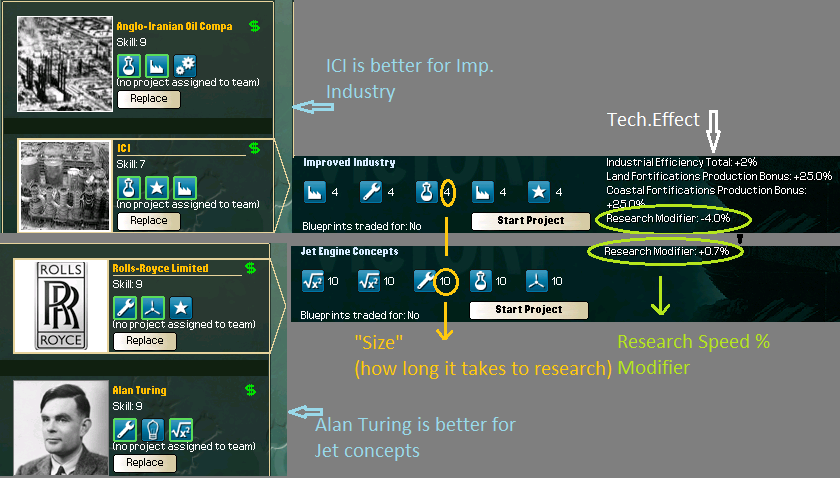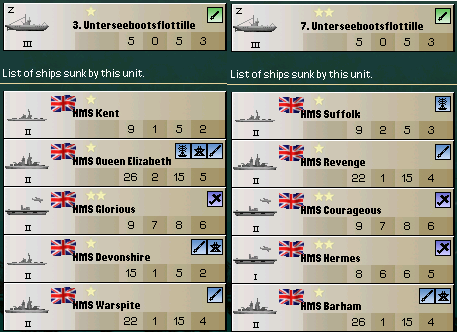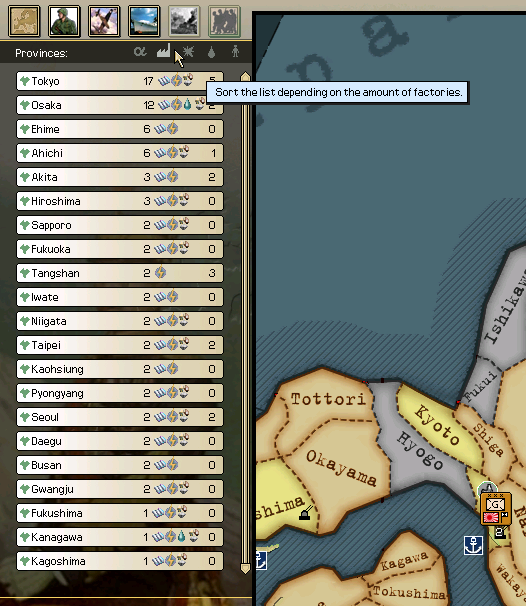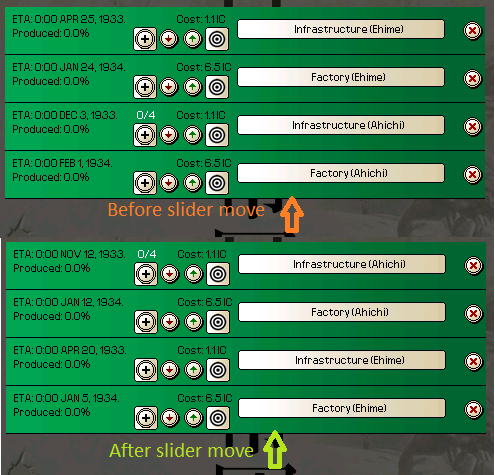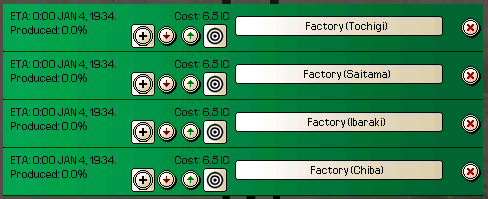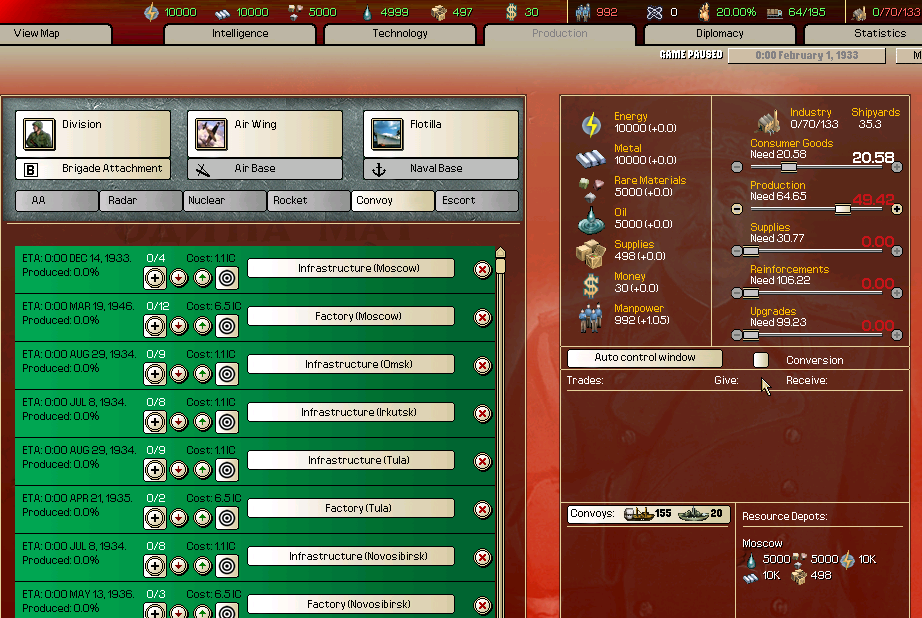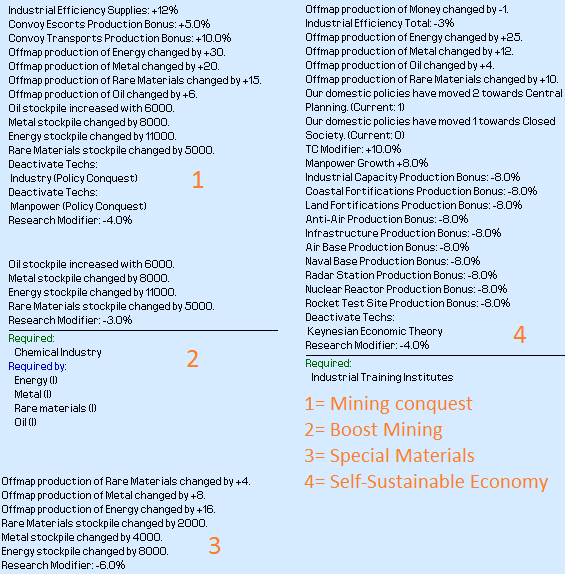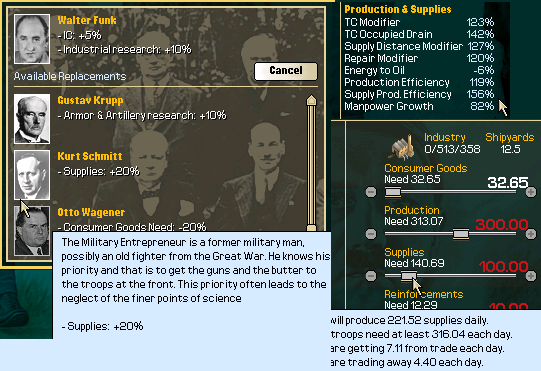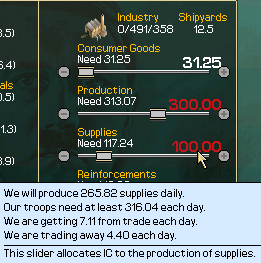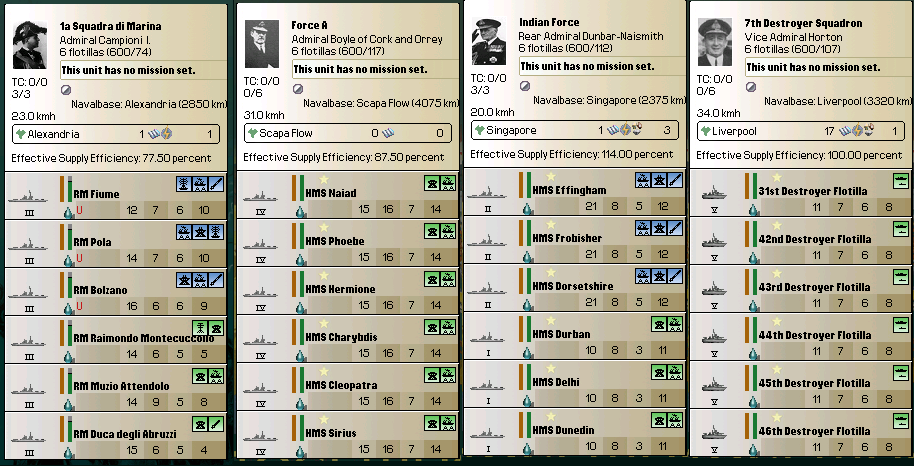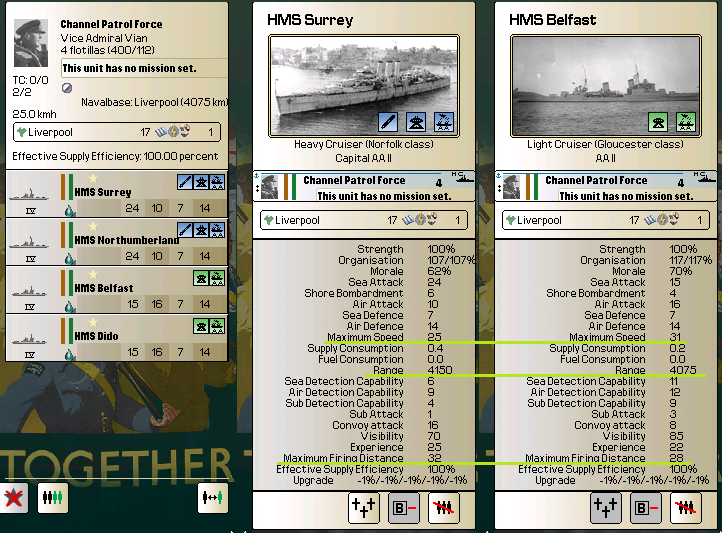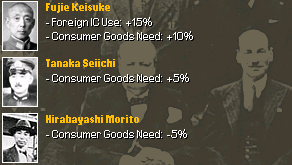Chapter 3 - Units
3.1.1 What you need and when
Though there are countless possible paths to choose, according to your gamestyle, scenario, nation, game goals etc., sometimes there are do's and don'ts applicable to any situation. In this chapter I'll try to explain how a player can make the best choice to meet his game goal.
3.1.2 - General rules
Rule No.8= Always add brigades to your divisions.
It saves you manpower and gives you extra firepower. The extra cost is always worth it, even as a minor.
Exceptions: You need an army NOW. Any kind of units. And you can afford casualties. e.g. Spanish civil war, Chinese conflicts.
3.2.1 Land Units
What kind of brigades?
INF / L.Art. is the most common combination and should be the bulk of your army.
INF / AT will help against enemy armor, not many needed.
INF / H.Art not really, because they are slow.
INF / Arm. are useful, if you have a lot of oil.
INF / SPArt and
INF / SPAT only in late game, same as above.
Never really necessary are the following brigades for Infantry: AA, AC, H.Art., Eng, Rart, Inf.
Armoured and
Motorized are strong units and worth building, of course with fast brigades:
Arm, SPArt, SPAT, AC sometimes.
SP.R.ART is a very strong brigade and useful for USSR and any nation that can afford its research.
H.Armoured though expensive, if properly upgraded is a very tough unit, especially against Infantry. Fast brigades only. Sp.Engineers add a great defensive boost.
Mechanized come in later, when the war has most of the times been decided, seldom are they a factor of importance.
MTN / L.Art. is a good combination, but the faster
MTN / Spec.Engineer can really hold the ground. Overpowered in mountainous provinces. Try it!
Cavalry - not worth it, unless you go for
Air Cavalry, which are very fast and impressive units - try them with Sp.Eng. or AC for that extra speed bonus.
Militia - only in early war like SCW and China. In the long term it'll cost you more in manpower and supplies.
Garisson - with AA, in airfields and IC centers. If you anticipate an invasion, always have Inf. nearby - Gar.s cannot retreat.
HQs - always with AA - they are priority targets for air units.
3.2.2. - Army / Corps Composition
I micromanage a lot and want many capable leaders so I keep most of my corps with 1 div, but 3 div.s are the most versatile unit. Some 2 L.Art.+1 AT are balanced, otherwise...
Rule No.9= Always use brigades of the same speed effect in a large corps.
It's no meaning to have INF / H.Art + Inf / AC together.
Rule No.10= Don't humper your fast div.s with slow brigades.
USSR starts with Mot + AT - remove and replace with SPAT.
Always use Capital + Region HQs ASAP along with your Tactical HQs for a double bonus:
- Org/Morale % bonus.
- Supply consumption bonus.
It can save you thousands of ICDays, and win you many battles.
(*don't forget the combined arms bonus when you mix Arm and Motorized !)
3.3.1 - Air Units
TACs dominate the game. Always with
Escorts.
Some
INT also necessary, seldom more than 8 - OK, 12, for ANY Nation
NAVs are a better investment than a fleet especially if you play defensive.
You can do without Fighters, CAS, Str.B.s actually - but they add a lot of flavor.
Whatever you build, remember that, as in every game aspect, in air warfare as well, the following rule applies:
Rule No.11= Advanced doctrines are much more important than newer models.
3.3.2 - How to stack them?
Always combine same units to stacks of 4, unless:
- You have no Esc to your TACs
- You mix INT with FTRs to interdict single units and help them gain experience (Gamey? Perhaps

)
3.4.1 - Navy
As a major,
Carriers will eventually dominate the seas, so it's better to invest to a strong CV+CL fleet.
All other kinds of ships are also useful, and brigades add a LOT of value.
BBs, BCs - every brigade posssible (FC, AA, Tor. most important)
CAs - Not really strong, same brigades as above.
CLs - FC and AA seem to be the best combination.
DDs - ASW for newer models only, lvl 3/4 and above.
SS - Tor.
TP - AA
3.4.2 - How to stack them?
In general, CV BB BC and CA are "heavy" ships, CL and DD are "light" ships.
As is known, there shall always be at least 1:1 ratio in a fleet (light ones could be more, but not less than heavy ones).
Also,
Rule No.12= In a fleet the ships should have similar capabilities.
Read : Speed, Range, Firing Distance.
If you make a light ship fleet, they should be of the same lvl.
If you mix the fleet, try CA-2 with CL-4s or similar, as shown in this example
[*1a Squadra is militarily controlled by me - I'd choose different brigades]
Also, checking the composition should take into account
- A Light ship's
speed should always be bigger than Heavy ship's.
- Don't waste a ship's Speed, Range, Firing Distance combining it with a less capable one.
- If L.S. firing distance is equal or greater than H.S you made a powerful zerg fleet
These two seem to make a good combination:
3.5 - Research effects on units
Not only doctrines, but also some technologies can really boost your units stats and act as force multipliers.
Carefully read and take into consideration:
Industry tab = Radio / Radar tree
Infantry tab = Prioritize Quality, Pr.Infantry (I always prefer it because Inf. is the bulk of any army + it saves manpower.)
Armor & Art. = Welded Armor tree, Basic Mechanical Components tree, Special purpose vehicels tree.
Of course, never forget Rule No.11.
3.6 - Military control or not?
Either if you want to exploit any available allied division, or you want your allies to stand idle,
you should always use mil.ctrl.
that is, if you don't bother rearranging every allied army to your style.
- You can decide if and what units shall fight along you.
- You avoid some annoying exp.forces of little use.



